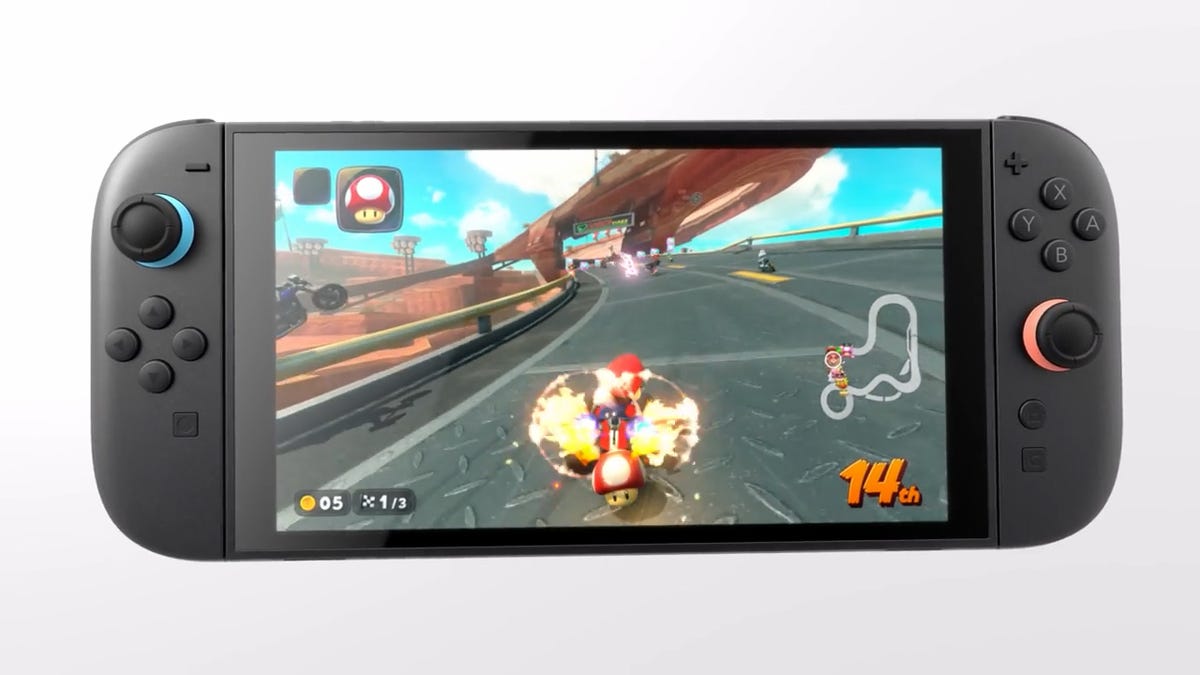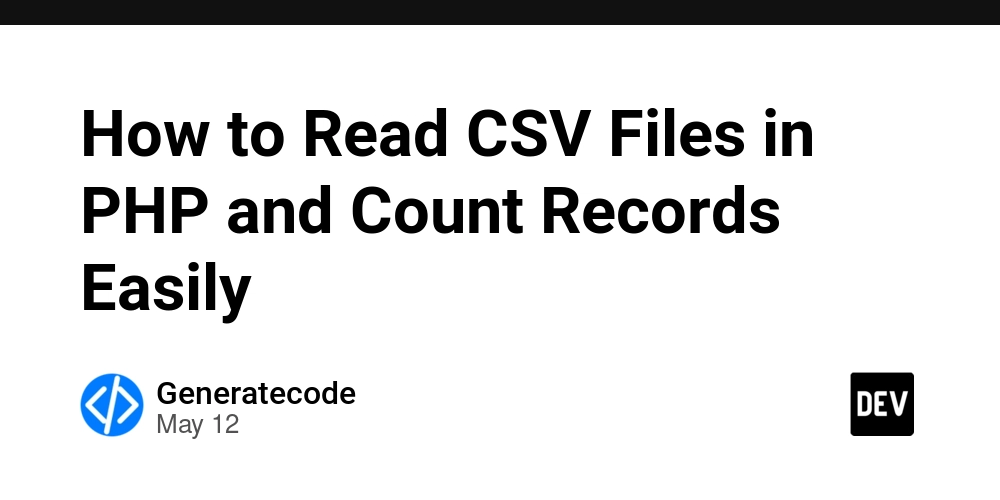Custom Form Components in Angular: Avoid These Common Mistakes
In Angular development, creating custom form components is a powerful way to encapsulate logic and maintain reusable UI elements. However, when integrating these components into Angular’s form ecosystem, many developers ask: Should I use ControlValueAccessor , or is *FormGroupDirective * more appropriate for this use case? The answer depends on the structure of your component and how it interacts with the Angular forms API. ✅ Use ControlValueAccessor for Single Form Control Components If your custom component represents a single form control — such as an input field, toggle switch, dropdown, or similar —the correct and most idiomatic approach is to implement the *ControlValueAccessor * interface. This allows Angular to treat your custom component as if it were a native input element, meaning you can use it seamlessly with FormControl, FormGroup, ngModel, etc. Example Use Case You're building a custom input with a prefix and suffix icon: Since this component only handles a single value, ControlValueAccessor is the ideal solution. You implement writeValue, registerOnChange, and registerOnTouched to hook it into Angular’s change detection and form updates.

In Angular development, creating custom form components is a powerful way to encapsulate logic and maintain reusable UI elements. However, when integrating these components into Angular’s form ecosystem, many developers ask:
Should I use ControlValueAccessor , or is *FormGroupDirective * more appropriate for this use case?
The answer depends on the structure of your component and how it interacts with the Angular forms API.
✅ Use ControlValueAccessor for Single Form Control Components
If your custom component represents a single form control — such as an input field, toggle switch, dropdown, or similar —the correct and most idiomatic approach is to implement the *ControlValueAccessor * interface.
This allows Angular to treat your custom component as if it were a native input element, meaning you can use it seamlessly with FormControl, FormGroup, ngModel, etc.
Example Use Case
You're building a custom input with a prefix and suffix icon:
formControlName="username">
Since this component only handles a single value, ControlValueAccessor is the ideal solution. You implement writeValue, registerOnChange, and registerOnTouched to hook it into Angular’s change detection and form updates.


_Brian_Jackson_Alamy.jpg?width=1280&auto=webp&quality=80&disable=upscale#)

















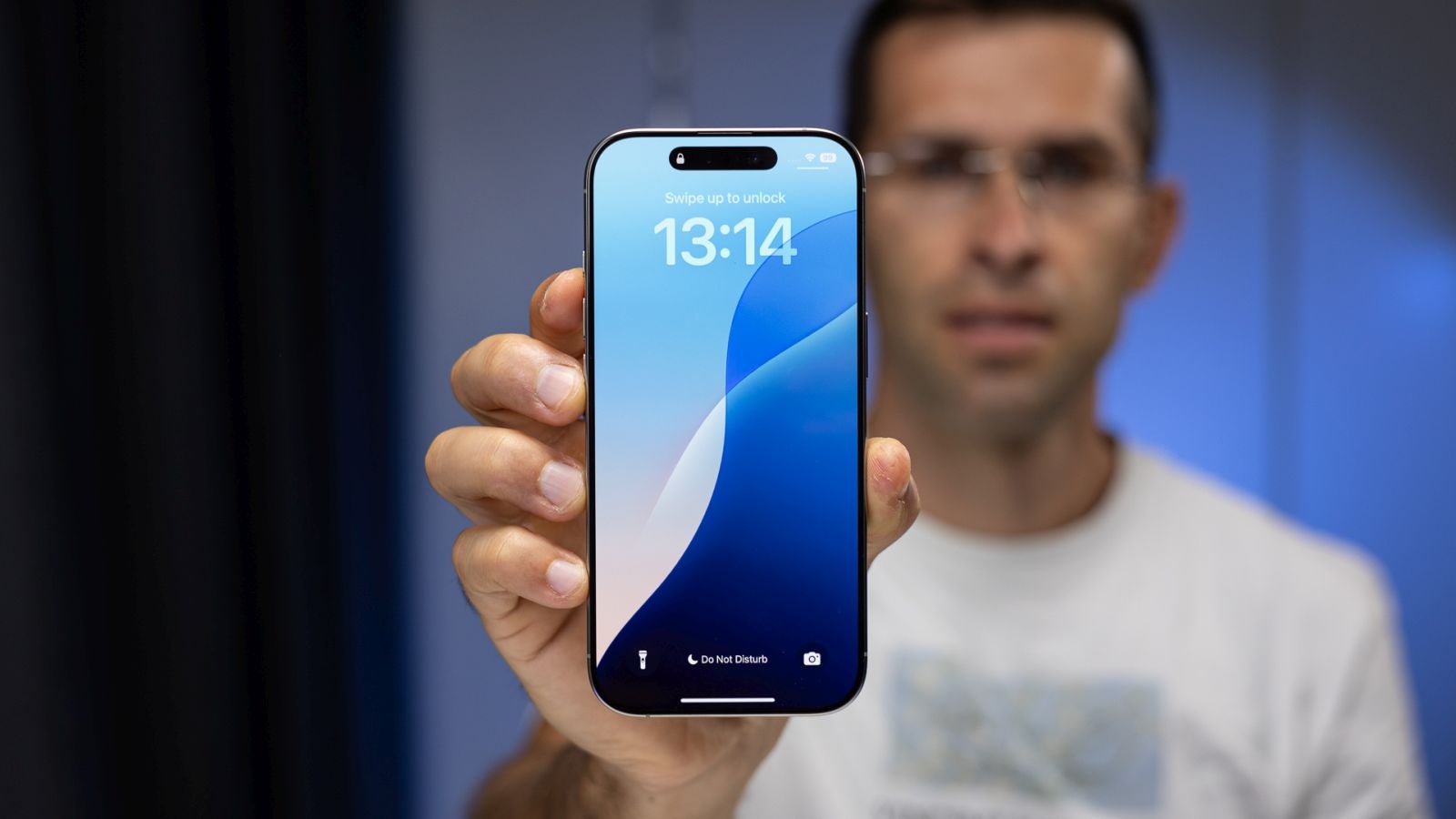








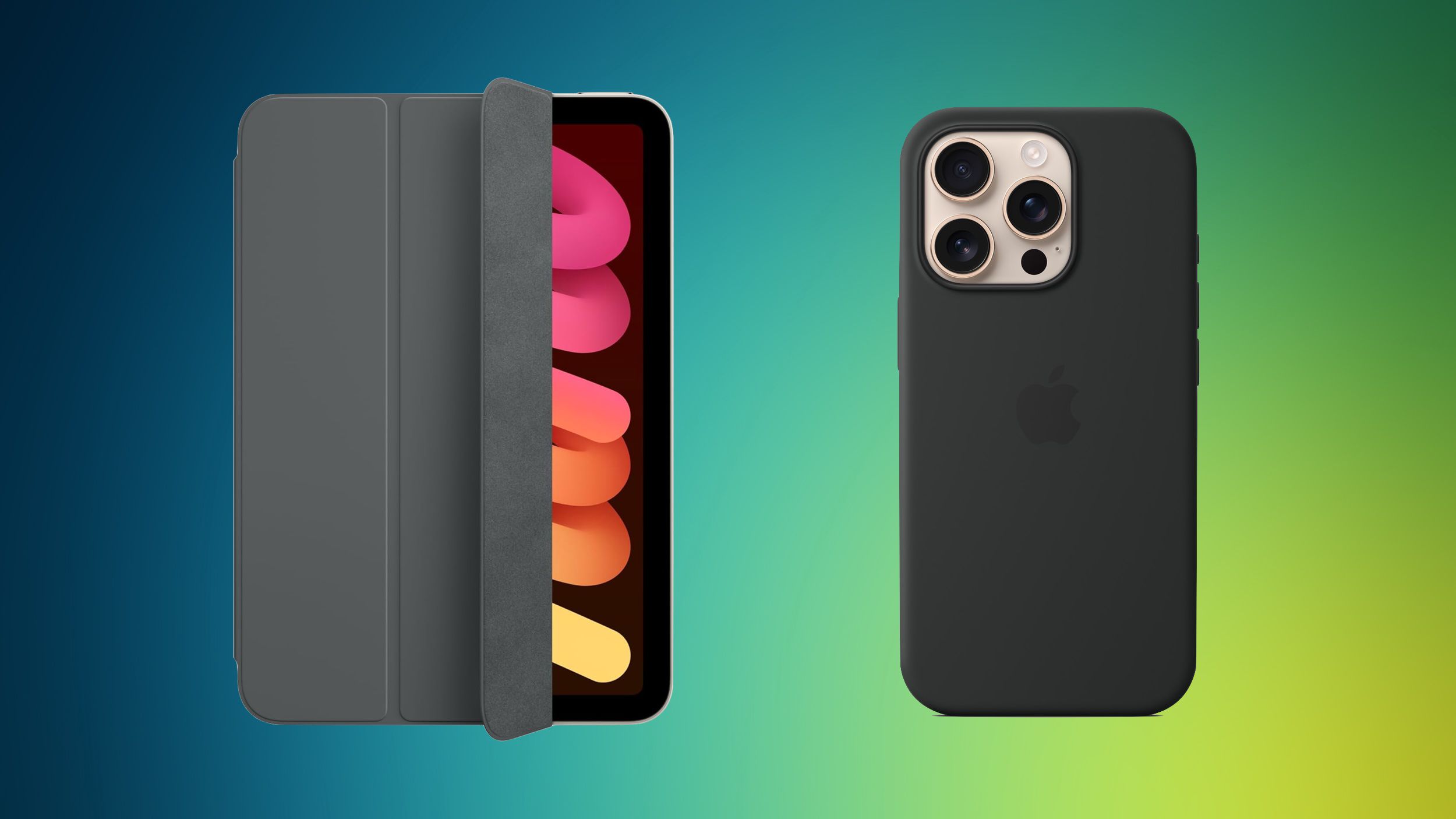
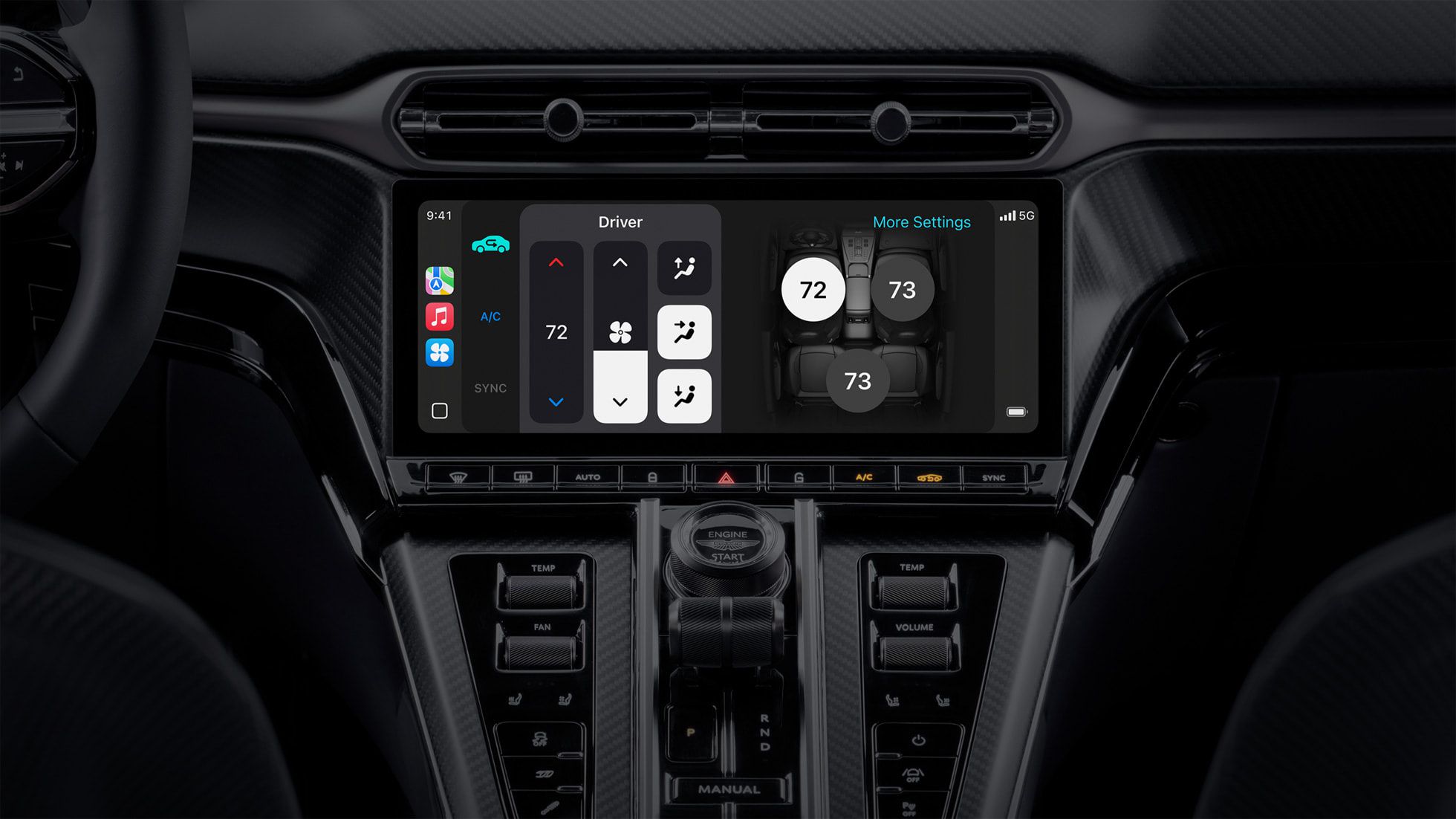


























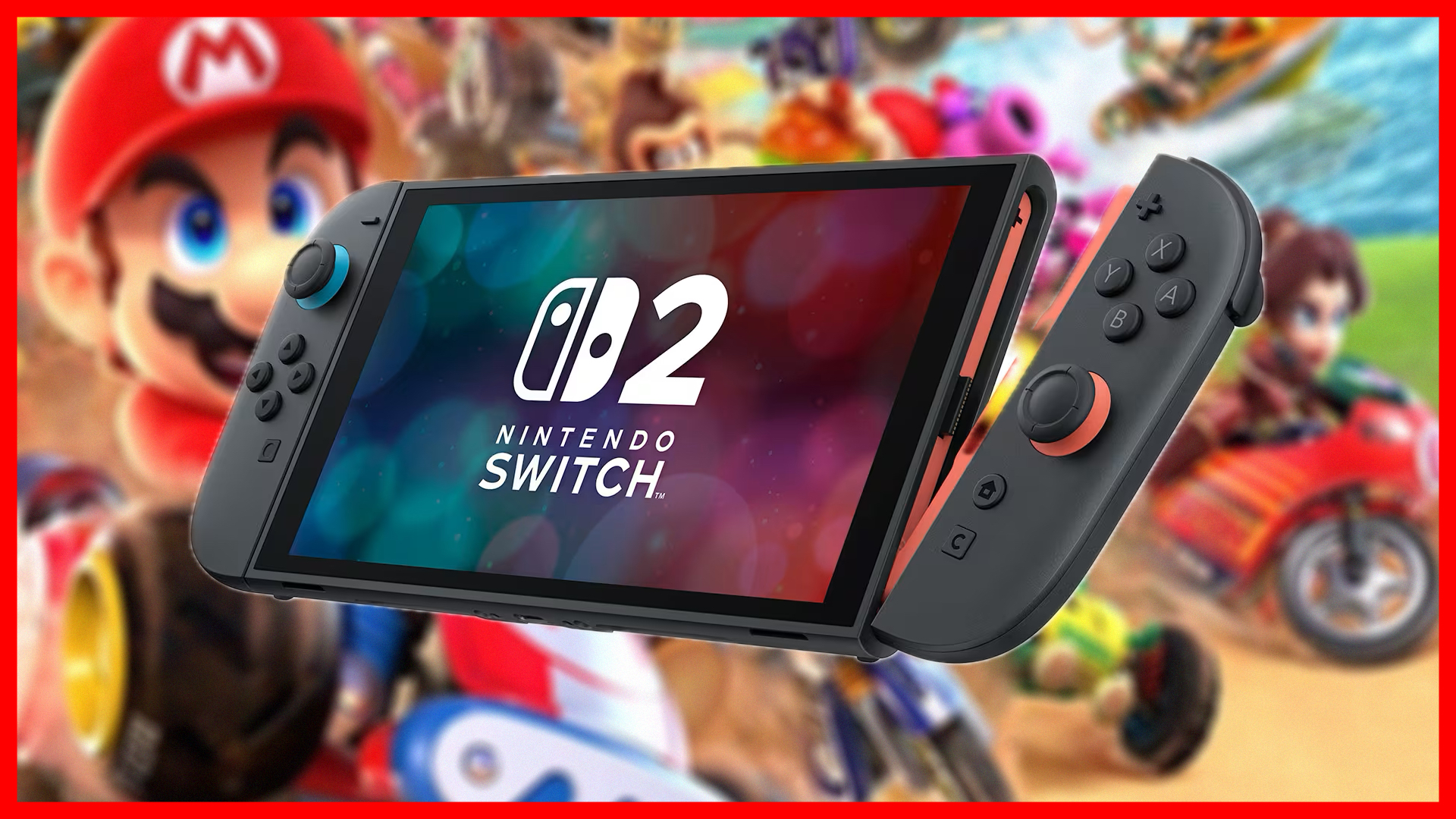

















![Trump Tells Cook to Stop Building iPhones in India and Build in the U.S. Instead [Video]](https://www.iclarified.com/images/news/97329/97329/97329-640.jpg)










































































































































































































































![[The AI Show Episode 147]: OpenAI Abandons For-Profit Plan, AI College Cheating Epidemic, Apple Says AI Will Replace Search Engines & HubSpot’s AI-First Scorecard](https://www.marketingaiinstitute.com/hubfs/ep%20147%20cover.png)
























![How to Enable Remote Access on Windows 10 [Allow RDP]](https://bigdataanalyticsnews.com/wp-content/uploads/2025/05/remote-access-windows.jpg)
























































































































































































